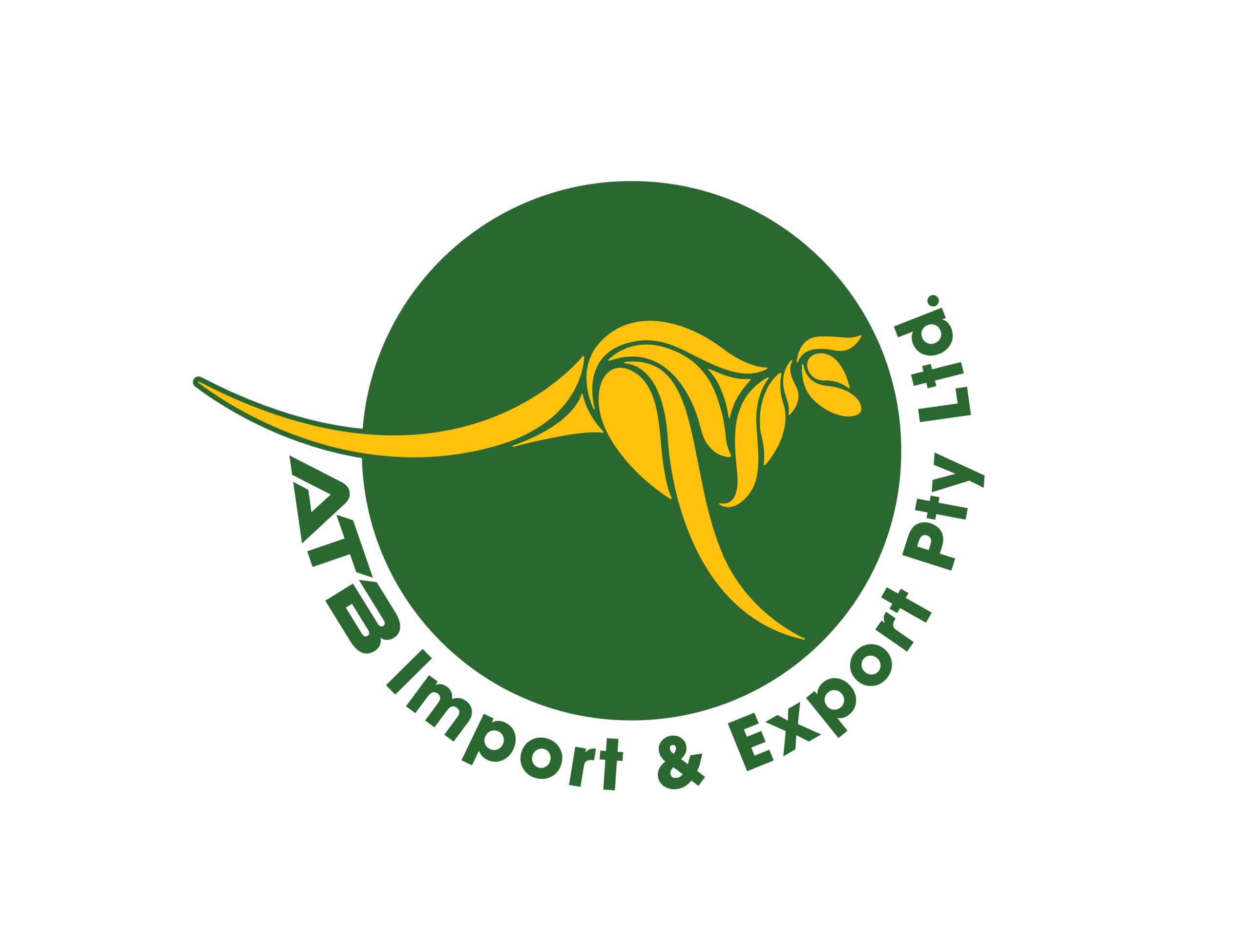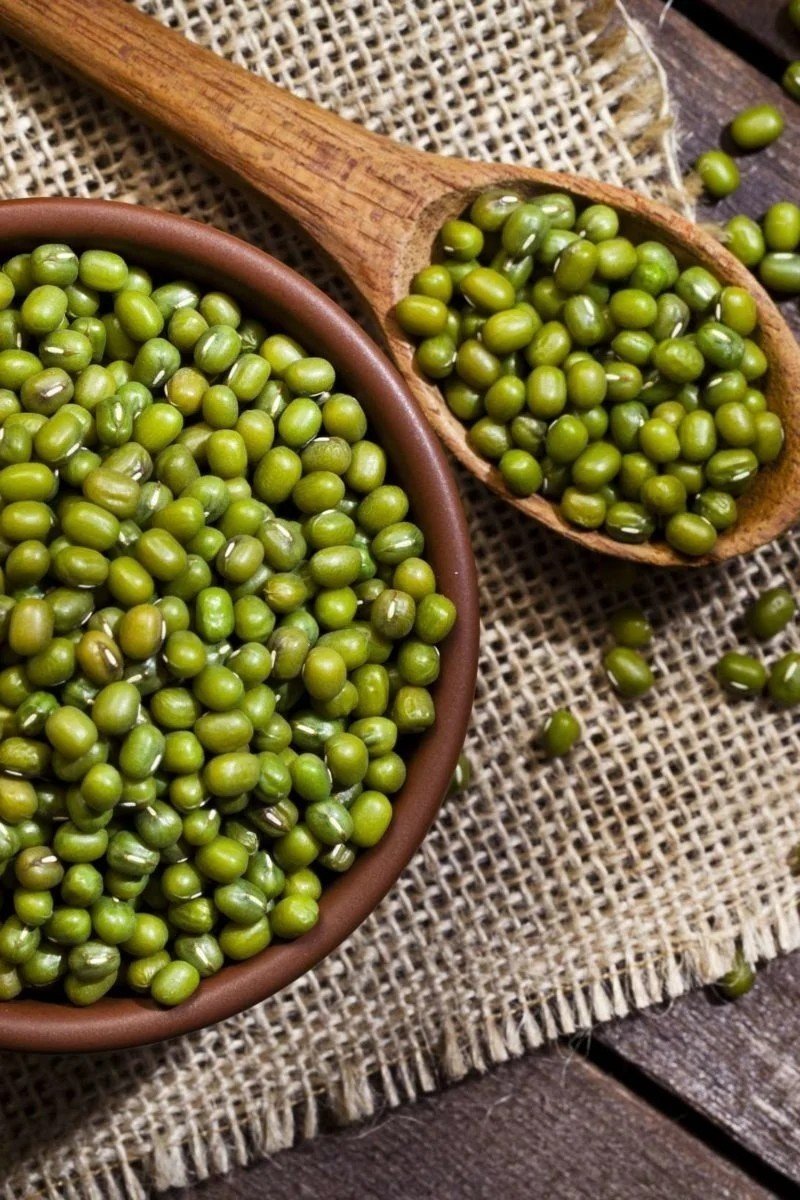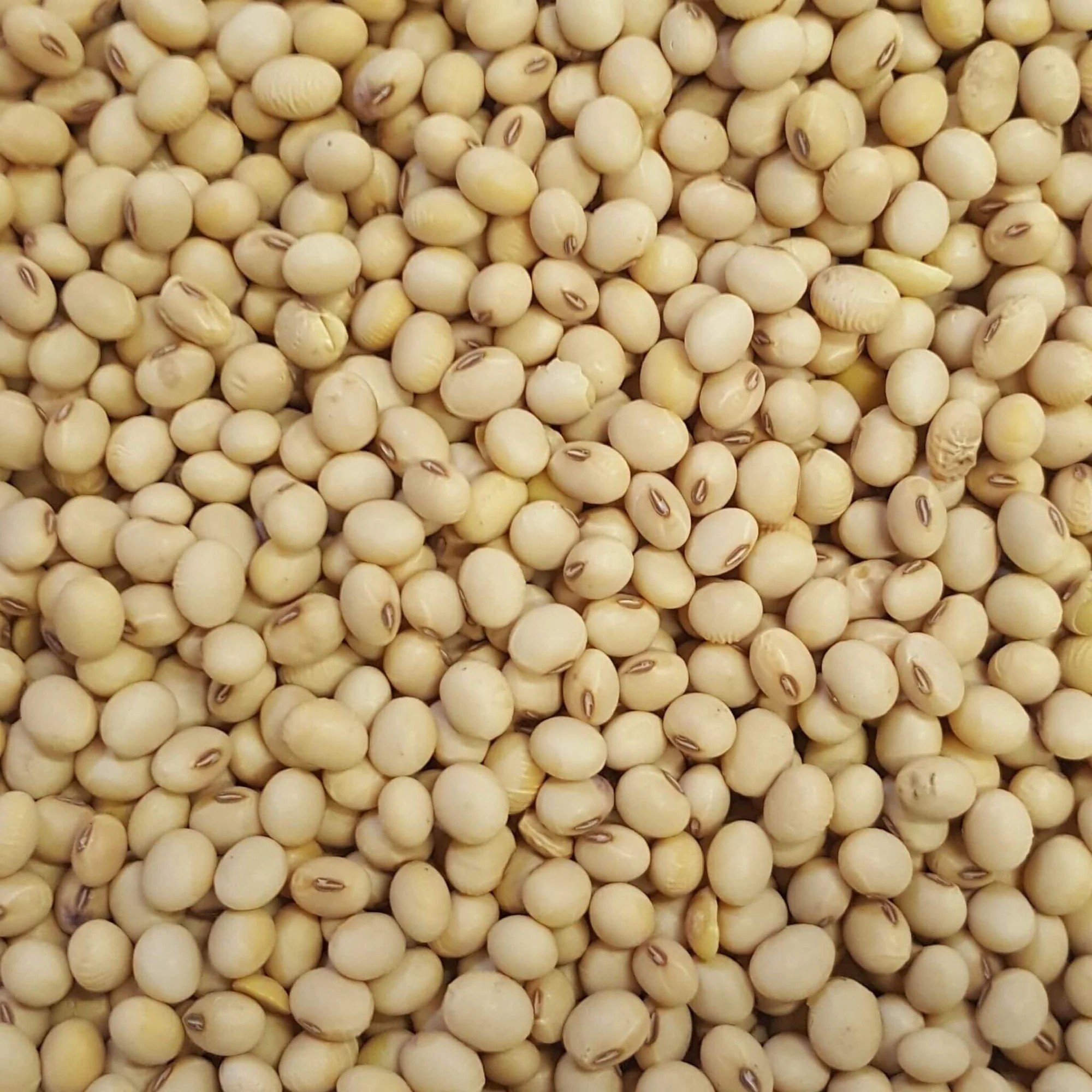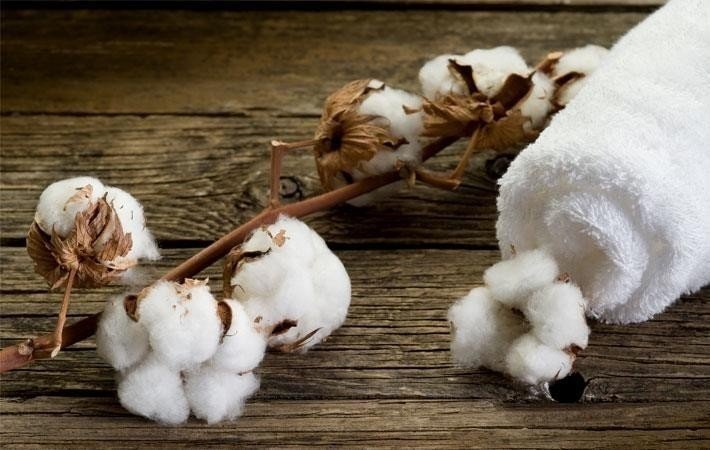ABOUT BEANS
Faba bean (Vicia faba) is a winter-growing pulse, or food legume crop. It originated in the Middle East in the pre-historic period, and has extended its cultivation throughout Europe, North Africa, and Central Asia. The faba bean spread to China over 2,000 years ago via traders along the Silk Road, to South America in the Columbian period, and more recently to Canada and Australia (Stoddard 1991). Faba beans have been used extensively in Australia for livestock nutrition but an emerging export market may in the future be more important (Somerville 2002). Faba beans have significant rotational benefits in predominantly cereal-based farming systems, and also in cotton rotations, by assisting in control of faba beans are a relatively high-value product and are exported to major food markets in the Middle East with Australia being a major exporter.
Prices of $200–$350 per tonne for food grade faba beans have been received in recent years. A significant proportion of Australia’s faba bean crop is used for animal feed and demand from this quarter is likely to continue to grow (Somerville 2002).
Mungbeans are currently planted over approximately 120,000 hectares in Australia, producing around 90,000t and yielding around 0.8-0.9t/ha.
Queensland is the major producer of mungbeans in Australia and achieves higher yields on average. Ninety-five percent of Australian mungbeans are exported, with most growers supply processing and manufacturing grades.
Australia is succeeding as a supplier in the global cross-border market for mungbeans, with exports growing very strongly since 2007. Australia’s growing mungbean exports are going to India and SE Asia, with a clear shift underway to SE Asia.
LARGE & GROWING MARKET Global demand for mungbean is large (US$2.4b), growing long term (20y CAGR 6%) and pays reasonable prices (US$994/t). Mungbeans growth is on the back of growing demand from global markets. Macro drivers are pushing growth in global mungbean trade volume and value. Demand is growing faster than supply increasing value. Mungbean sprouts, noodles and flour are used extensively in Asia. Mungbean protein is also being used by the food industry in increasingly innovative ways.
The Soy bean is an irrigated summer growing oilseed crop whose grain in Australia has traditionally been used for oil extraction and the meal used in the stockfeed industries. More recently soybeans have become a popular culinary grain used in the making of Asian foodstuffs such as milk and tofu.
Australia and Victoria are net importers of soybeans for animal rations where this competes with domestic canola meal. Soybeans were first grown in Victoria in the early 1980s.
In 2021, Australia exported $7.61M in Soybeans, making it the 43rd largest exporter of Soybeans in the world. At the same year, Soybeans was the 516th most exported product in Australia. The fastest growing export markets for Soybeans of Australia between 2020 and 2021 were Malaysia ($2.32M), Chinese Taipei ($1.74M), and New Zealand ($851k).
Wheat starch Australian wheat is produced in one of the cleanest environments in the world. On average, Australia produces about 25mmt of wheat each year across about 12 million hectares. In recent years, production has reached 30-40mmt, which accounts for 4% of world wheat production and about 20% of global wheat exports. About 65–75% of Australia’s total wheat production is exported each year, with Western Australia the largest exporting state.
Australian wheat is ideally suited to a wide range of wheat-based products including: • all types of Asian noodles • steamed dumpling skins • Asian-style steamed bread • western-style and artisan-style bread • flatbreads • cakes, cookies and pastries • pasta and cous cous
Cotton Raw Materials: The depth of the global export market is highlighted in Australia's trading history. In recent years, China has been Australia’s largest raw export market; however, in 2021 the majority of Australian cotton was exported to Vietnam and Indonesia. 99.9% of Australia's cotton is exported, making Australia the third largest cotton exporter in the world. The main reason is that there are no cotton spinning mills in Australia, which is an early stage of processing where yarn is produced. Australian cotton is shipped to spinning mills from the ports of Brisbane and Sydney. Substantial amounts also went to Turkey, Thailand, China, India and Bangladesh to be used in the textile industry. Australia’s cotton export value is expected to increase by 220% to $7.0 billion in 2022–23.
Thank you and wish to welcome you soon !




